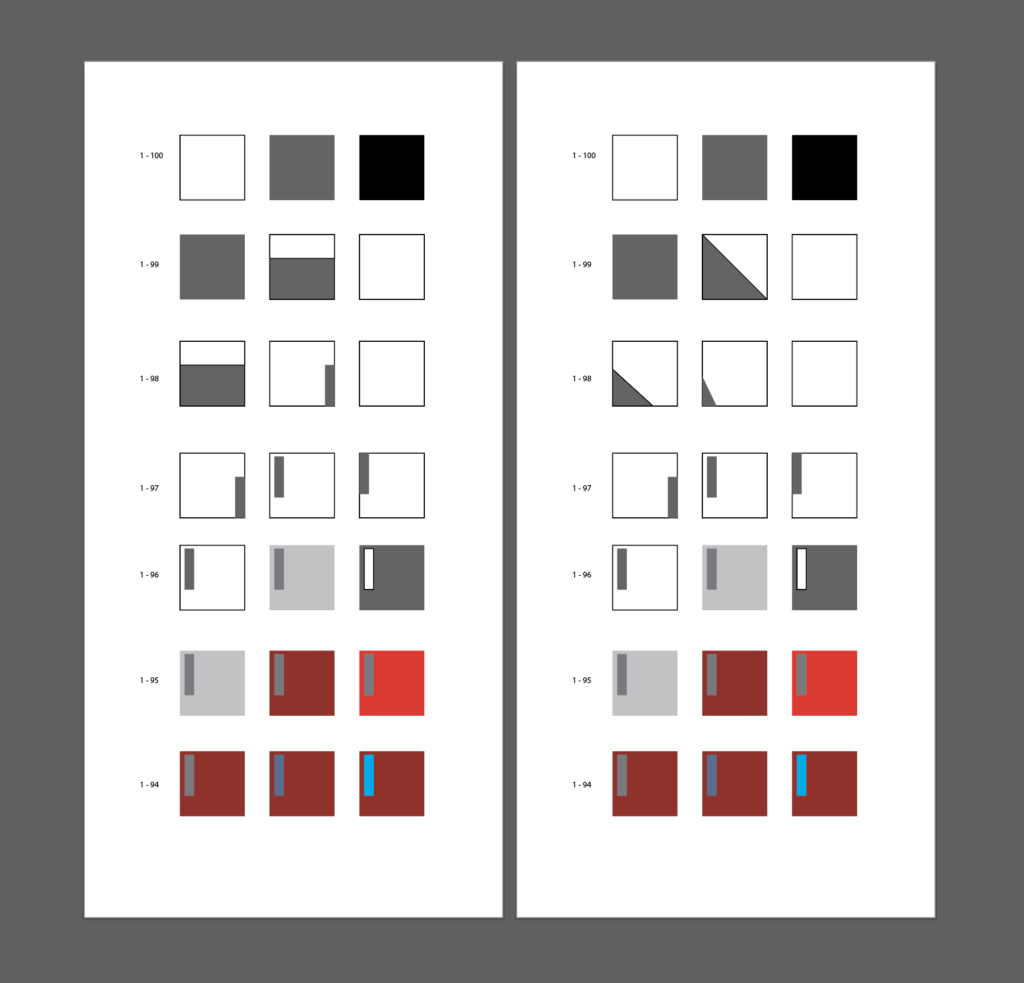In 2021, I shared a poll in my newsletter asking what topic I should address next in the newsletter. Most votes went to “The most boring Instagram account ever.” Who would have thought? In retrospect, I now realize that title was genuine click-bait.
Here is the story.
Sometime in 2018, I landed on the Most Famous Artist Instagram account. The content the account creator shared was eye-catching, sometimes shocking and very likable. It worked miraculously well on Instagram. He had found the secret sauce for fame and success on social media.
(side note: this text is 3 years old, the “most famous artist” has radically changed his content 😉
It made me wonder:
- What if a machine could replicate his success?
- What if I could set up an “artificial intelligence” that could learn from the data available on these platforms?
- And, if so, could we sell these posts?
Setting up the “AI”
The concept was designed as follows:
- An anonymous entity posts content on its Instagram profile. The account is anonymous and only managed by the system. No human interaction. Anonymity was important in the sense that the picture was what would be evaluated, not the author.
- Every day the account would post a picture.
- The account would test a series of hypotheses (e.g., hypothesis #1: full black is better than full white).
- The first iteration/series would contain 100 posts. It would start with the simplest version possible: all white. The 99 other grey variations would then be tested — all the way to black.
- The post with the most likes would be the winner for the next iteration (see the image below).
- Every new iteration would have 1 less variation. After 100 series, the ultimate post would be generated.
- The whole process would be autonomous.

This “system” is not really AI, and actually, it’s not really intelligent at all. The idea was to start with this minimum viable product. The envisioned end product would be more something which, over time, could take the images and grow them from a black canvas to some sort of cat-unicorn-kim-kardashian-seflie collage.
It could also work as an art installation where the algorithm spits out images, then decides which direction to move forward, based on the time visitors took to look at it. Or the number of passers-by who didn’t even stop to look and just walked on.
Did it work?
No!
3 major challenges occurred.
Automation
Creating a system that designs images and regularly posts them to Instagram by itself— in an intelligent and systematized manner — posed one obvious challenge: It was out of my league. I’m sure it’s feasible, probably not even that complicated. But I couldn’t do it.
There was just too much manual work to make it a sustainable (and interesting) endeavor. Creating the visuals, scheduling the posts.
Finally, Instagram doesn’t want or like this kind of content. You’ll get de-listed from hashtags, and you’ll be blocked fairly quickly.
The algorithm
The idea behind the algorithm was that the number of likes would serve as the ultimate signal of quality. The problem with this approach is that, even if you post the same picture to the same audience at the same hour, you’ll get wildly different results.
Why? Because you are competing with a lot of different content that you cannot control. The Instagram algorithm might or might not serve your image, and this could heavily impact the number of likes.
Hypothesis thesis
I wanted to pick the winner out of 100 variations. But given the problem outlined above, a better approach would probably have been to do this only through A/B testing. Every image should only have been tested against one other version. Is black better than white? Yes. Is white better than 99% black? And so on.
Then, each test should have been posted at the same time, on different accounts. Finally every test should have been conducted a couple of times. Imagine thousands of accounts cross-posting the same test. This is the perfect setup for getting kicked off Instagram, obviously.
Bottom line: None of the results had any statistical significance. A random generator would have come up with similar results.
Was it a failure?
Yes!
But what did I learn?
Instagram posting automation
I had to test tools to schedule and post images in bulk. For my test, later.com turned out to be a good option.
Also, when publishing bland content, it’s really easy to spot the bots, or users who are using tools to grow their audiences. They will systematically like your post even if it’s a completely grey image — as long as it has the correct hashtag.
Artificial intelligence
While setting up the robot, I investigated machine learning techniques — to see if, and how I could apply these to my digital artist-bot. Two years ago, training a model was a complicated task (so I didn’t get to that point). Nowadays, this is almost “easy.”
The digital artist scene
I think this was the most interesting aspect of the whole experience. It led me to explore the various accounts that share super minimal content. The same picture every day? Or more varied ones.
However, this experiment did allow me to plunge into the underlying scene that is made up of festivals, exhibitions and magazines. I was expecting all of this but never took the time to explore it.
A failed project, but a great experience. No regrets.
Now you will ask, “Where can we see this project?” Here it is! Go have a look at the most boring Instagram account ever. Prepare to be underwhelmed.


